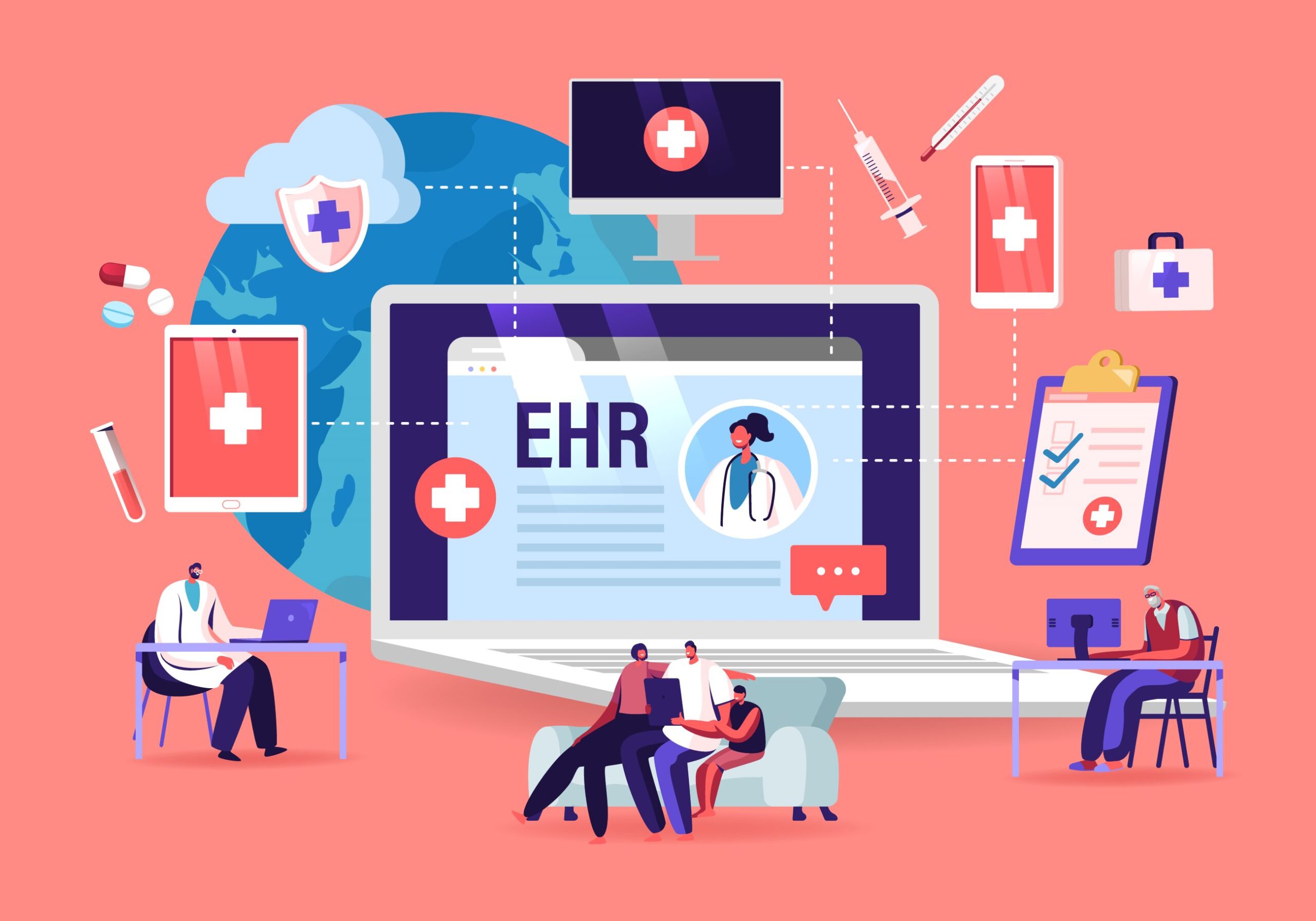The Ultimate Guide to EHR Integration Software for Practice Management
The digitization of healthcare through Electronic Health Records (EHRs) has undeniably transformed medical practices, providing a streamlined approach to storing and accessing patient data. However, to truly maximize the benefits of EHRs, integration with practice management systems is paramount. This comprehensive guide explores the significance of EHR integration software, examples of widely used EHR platforms, messaging standards, challenges, and a step-by-step process for successful integration.
Why EHR Integration Software Matters
Electronic Health Records (EHRs) are digital repositories of a patient’s medical history, diagnosis, medications, and treatment plans. Integrating EHRs with practice management systems enhances care delivery across various domains. Patients with easy access to their medical records become more proactive in their treatments, improving medication compliance and overall treatment effectiveness. Furthermore, information sharing results in better decision-making, reduced redundant testing, and a more coordinated care plan.
Understanding EHR and Practice Management Systems
EHR: The Backbone of Modern Healthcare
Electronic Health Records Integration Software has transformed healthcare by replacing traditional paper records with secure digital versions. Storing patient histories, diagnoses, and treatment plans digitally reduces paperwork and facilitates collaboration among healthcare providers, ensuring accuracy and efficient patient care.
Practice Management Software: Streamlining Operations
Practice management software handles administrative and financial aspects, such as appointment scheduling, billing, and insurance claims. Seamlessly integrated with EHR, it streamlines the entire patient care process, optimizing workflows and improving overall efficiency.
Benefits of EHR Integration software in Health Data Systems
- Data Acquisition: Utilize integrated data lakes for extracting data from EHR systems.
- Ease in Data Entry: Streamline clinical experiences and communication about care plans.
- Cost Reduction: Opt for cost-effective cloud based EHR platforms.
- Enhanced Patient Output: EHR serves as a channel for better interaction between patients and healthcare professionals.
Merging EHR with Practice Management Systems
Step 1: Create a Full Implementation Plan
Develop a detailed plan with specific timelines and team assignments.
Step 2: Create a Committee and Designate a Champion or Lead
Form a diverse committee and appoint a lead to ensure effective communication with the software vendor.
Step 3: Create a Budget
Outline a comprehensive budget, including potential costs such as software customization and training fees.
Step 4: Assess Your Needs and Objectives
Identify specific pain points and objectives for practice size, specialties, and workflows.
Step 5: Choose the Right EHR Software
Select EHR software aligning with your practice’s requirements, focusing on interoperability and scalability.
Step 6: Assess Integration Compatibility
Evaluate compatibility with your existing practice management system; consider upgrades, if necessary.
Step 7: Invest in Training and Education
Ensure comprehensive personnel training covering technical aspects and best practices.
Step 8: Data Migration and Conversion
Accurately migrate existing patient data, utilizing tools provided by EHR software.
Step 9: Establish Data Standards and Protocols
Set clear data entry standards to maintain accurate and organized patient records.
Step 10: Test and Fine-Tune
Conduct thorough testing to identify and resolve issues; fine-tune the system based on feedback.
Step 11: Ensure Data Security and Compliance
Implement robust security measures and regularly audit systems for compliance with regulations.
Step 12: Monitor and Optimize
Regularly assess efficiency, user satisfaction, and patient outcomes; leverage analytics tools for insights.
Step 13: Provide Ongoing Support
Offer continuous technical support and training to update staff on system updates and enhancements.
Messaging Standards for EHR Integration Software
HL7: A Pioneering Standard
Health Level 7 (HL7) is a key messaging standard in healthcare, focusing on interoperability issues. It specifies a structure for sending health-related data, supporting widely used interfaces in the global healthcare sector.
FHIR: Modernizing Healthcare Data Exchange
Fast Healthcare Interoperability Resources (FHIR) is a contemporary standard employing APIs and web standards for flexible medical data transmission. Known for modularity and simplicity, FHIR is ideal for modern EHR integration software projects, promoting seamless communication through RESTful architectures.
C-CDA: Structuring Clinical Information
Consolidated Clinical Document Architecture (C-CDA) allows healthcare professionals to share clinical information like discharge summaries and progress notes. It provides templates and guidelines for presenting clinical data, ensuring consistency and interoperability across various EHR systems.
A Seamless Future for Healthcare
EHR integration software is pivotal for modernizing medical practices and improving patient care. True interoperability enhances patient care initiatives, reduces clinical errors, and improves care coordination efforts. As we navigate the digital healthcare landscape, embracing EHR integration software is not just a choice; building a robust and valuable data collection for real-time population monitoring and public health research is necessary.
Conclusion
Integrating EHR with practice management systems is pivotal in modernizing medical practices and improving patient care. The ongoing monitoring, training, and adaptation to changes in technology and regulations ensure sustained benefits. As the healthcare landscape evolves, seamless EHR integration software will be crucial in optimizing operations, enhancing efficiency, and delivering better-quality patient care.




